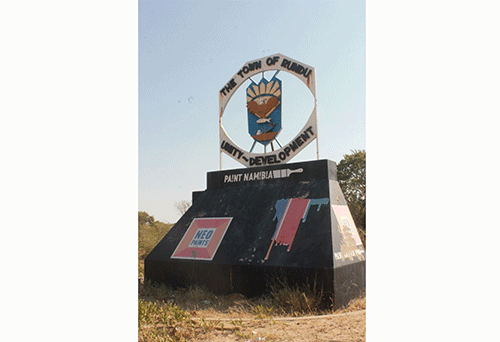The Rundu Town Council remains the biggest contributor to NamWater’s debtors’ book for the 2019/20 financial year.
This is contained in NamWater’s recently released 2019/20 annual report that indicates the economic headwinds experienced with the further contraction of the Namibian economy has not isolated NamWater, as the corporation’s average collection rate was 73% for the year under review, compared with 76% in the previous year. The report explains that the 3% reduction in the collection rate has primarily been a result of the deterioration of the debtor’s book.
The report stated that
debtors increased from N$933 million in the previous reporting year to N$1.084 billion in the reporting year, representing an average increase of 16%. The increase in debtors was primarily informed by customer-specific events over and above tariff increases, driven by the contraction of the economy and overall impact. The net trade debtors, however, increased by 20% to N$374 million.
Accordingly, substantial efforts were allocated to improve collection rates from customers during the reporting year.
“These included the transition of local authorities to bulk prepaid systems, among others. The prepaid roll-out programme is continuing with an envisaged date of six customers being brought up on the system during the next financial year,” reads the report.
It is the intention that once the programme has been fully rolled out, it would help to improve the overall collection rates of the most affected segments of the corporation.
NamWater’s top five customers in terms of revenue continue to account for more than 60% of total revenue for the year under review.
These top customers, in value, to NamWater’s revenue, are Swakop Uranium (37%), City of Windhoek (25%), Rössing Uranium (18%), Swakopmund Municipality (10%) and Walvis Bay Municipality (10%).
More importantly, interrogating the sustainability of water supply infrastructure, the report stated that it is clear the amount needed for refurbishment of infrastructure over the next few years will exceed the amount generated internally from cash-flows. Hence, the corporation has taken a proactive view to engage government as its shareholder to fund critical water infrastructure.
- mndjavera@nepc.com.na


